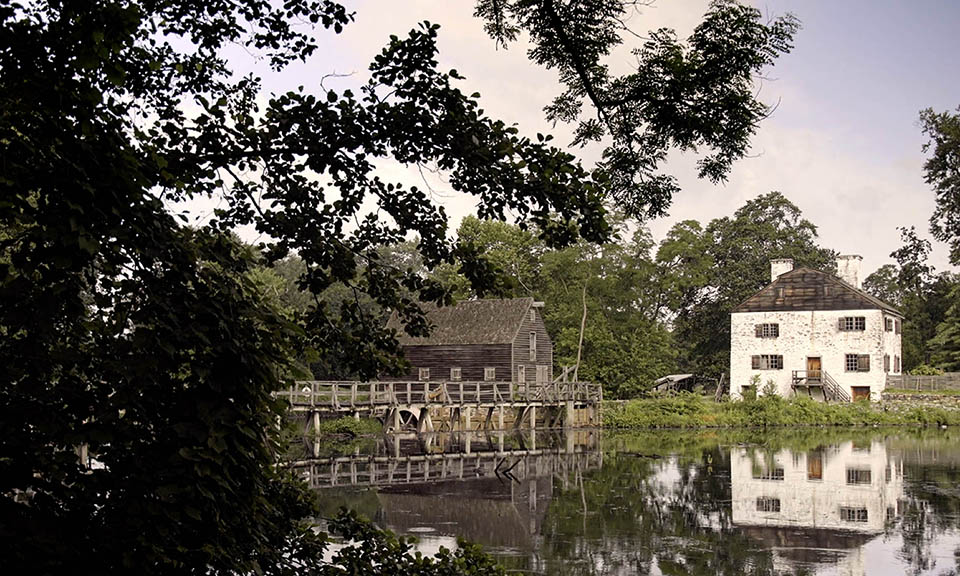Erasing History
Bill of sale
1787
Unknown
This document shows John Brown paid Philip Van Cortlandt for livestock and other property, including an unnamed enslaved boy.
Historic Hudson Valley.
Scene on a Cotton Plantation, Gathering Cotton
19th c.
Unknown
Enslaved men and women picked cotton on plantations in the South. Although there were no cotton plantations in the North, the men and women enslaved in the North labored on provisioning plantations to raise crops like rye and performed many other specialized tasks.
Sarin Images/GRANGER — All rights reserved.
General Ulysses S. Grant
1897-8
Daniel Chester French (American, 1850–1931)
Association for Public Art.
Aerial view of the African Burial Ground National Monument
2007
Rodney Leon, designer (American, active 1992-current)
Today, the African Burial Ground in Lower Manhattan is the nation’s earliest and largest known African American cemetery and has been designated as a national monument.
Carol M. Highsmith, Library of Congress 2010719186.
Entrance to the African Burial Ground National Monument
2007
Rodney Leon, designer (American, 1992-current)
The entry portal of the African Burial Ground National Moment features a symbol that represents sankofa, a term from the Twi language of Ghana that refers to reclaiming and learning from the past.
Alamy.
A plan of the city of New York from an actual survey... (detail)
1755
Francis Maerschalck, surveyor (American?, active 1752–1755)
This detailed map of Manhattan shows the burial ground outside the palisades that marked the northern border of the settlement at the time, the site now known at the African Burial Ground National Monument.
Library of Congress
Produced by Historic Hudson Valley for People Not Property: Stories of Slavery in the Colonial North Interactive Documentary.
Copyright © 2019-2025 Historic Hudson Valley. All Rights Reserved.


